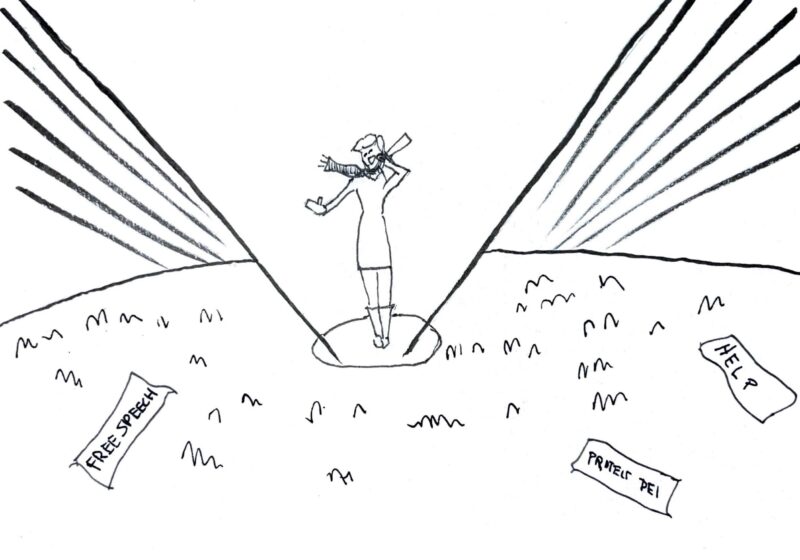The organic food industry is on the rise and claims to have both environmental and animal benefits. However, new data and statistics disagree.
What does organic exactly mean? An “organic” label means that 95 percent of the ingredients are organic, while the label “made with organic ingredients” applies to products with at least 70 percent organic ingredients. Only packages that read “100 percent organic” contain entirely organic ingredients, which means no GMOs, synthetic pesticides, or fertilizers were used. The differences in each specific label are small enough that most consumers have no way of knowing if their purchase is completely organic or only partially so, which lets producers capitalize on their confusion. A slight change in labeling provides a loophole for those trying to sell semi-organic products at an organic price.
One supposed benefit of organic farming is that it omits less greenhouse gas and is better for the environment, but this is only true on a small scale. To yield the same number of crops as a conventional farm, organic farms need to occupy over 80 percent more land, according to the Journal of Environmental Management. Additionally, in conventional farming a farmer can use a herbicide to target specific plants, but organic farmers cannot. They must constantly plow their fields, creating a soft layer of topsoil and a hard layer of dirt underneath. When it rains, the topsoil is washed away, causing serious erosion issues. Tillage erosion can worsen the soil’s structure and lose valuable nutrients. The combination of these two effects can cause a significant decline of crop yield, which is why organic farms take up so much land.
Another misconception about organic farming is that it is pesticide-free. Organic farmers actually use natural pesticides, which can be worse for the environment. Copper sulfate, a natural pesticide, caused liver disease in French vineyard sprayers, according to research from Cornell. Copper sulfate is also less effective, so it must be used more, unlike a herbicide that a conventional farmer would only use once. Additionally, the USDA has a testing program for both organic and conventional farming, ensuring pesticide residue levels are low enough that consumers do not need to worry.
Animal cruelty is also a potential issue on organic farms. Respiratory disease is common in calves, but organic farms cannot use antibiotics to treat them. Calves suffer from the disease until they eventually die. Antibiotics used on cows to treat common illnesses like Mastitis have no way of affecting humans. Milk is tested for antibiotics before it is picked up by a milk collector, and once again when it arrives at the processing plant. If any tests come back positive, the entire load is dumped.
The benefits of organic farming are not really benefits at all, and consumers often overlook the drawbacks to eating organic food. Instead of worrying so much about an organic label, we should worry about whether our food is local. This way, consumers’ money stays in their town’s economy, instead of the pockets of big corporations. By purchasing local produce, one can support local businesses and get higher quality, fresher food.



